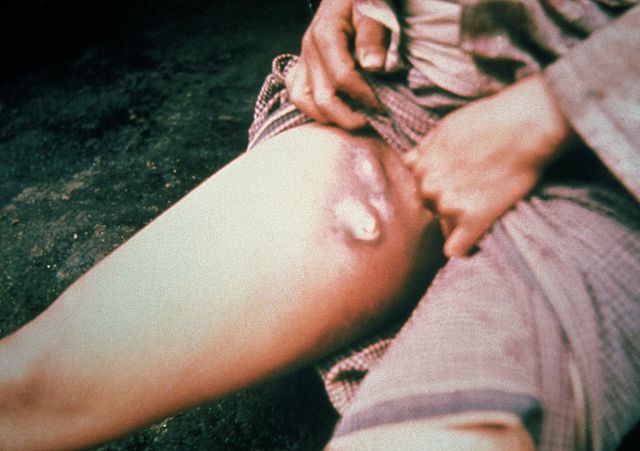The plague – a disease feared in the Middle Ages that caused the “Black Death” – is still present today, though not to the extent it once had. Two new cases of the plague in humans have been confirmed in Santa Fe County in New Mexico, according to health officials.
The New Mexico Department of Health reported that a 52-year-old woman and a 62-year-old woman had both been recently diagnosed with the plague. The first confirmed case this year was in June, when a 63-year-old man contracted the disease, USA Today reports.
All three patients were from Santa Fe County, and had to be hospitalized. Fortunately, no deaths have been recorded. Health authorities are now investigating the patients’ homes to make sure there is no risk to the people in the immediate surroundings.
The Centers for Disease Control and Prevention states that there are seven cases of the plague recorded annually, on average. It is a serious condition, but its symptoms – which vary depending on the type of plague – can be treated if spotted early.
The illness is caused by the bacterium Yersinia pestis. It is usually transmitted to people through the bites of infected fleas, but it can also come from rodents and dead animals. It once wreaked death in European cities, but is mostly found in rural areas today, The New York Times reports.
There are three main types of plague, the CDC states: bubonic plague, pneumonic plague and septicemic plague. Pneumonic plague brings on a severe form of pneumonia that could turn into respiratory failure or shock. Septicemic plague attacks a person’s blood cells, causing skin and other tissue to turn black and die.
Bubonic plague, the most infamous and most common form, is known for bringing about bulbously swollen and painful lymph nodes in the armpits or groin. All three share general symptoms, such as fever, chills and weakness.
People can reduce their risks of contracting the plague by ensuring their surroundings are rodent-free, treating pets for fleas, and wearing bug spray or other forms of protection when camping or in areas where there might be fleas.
























